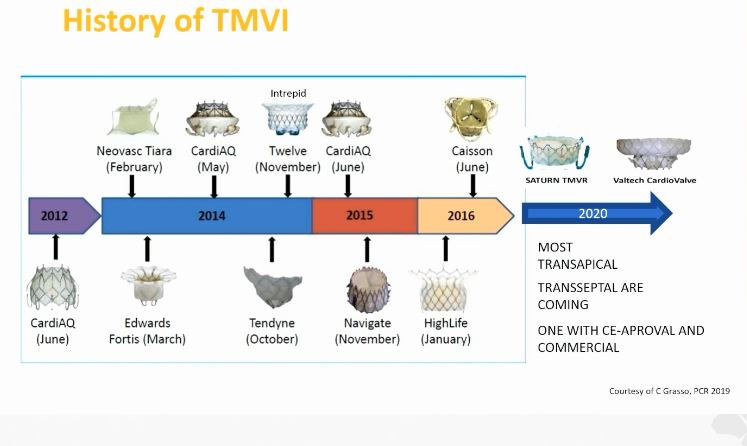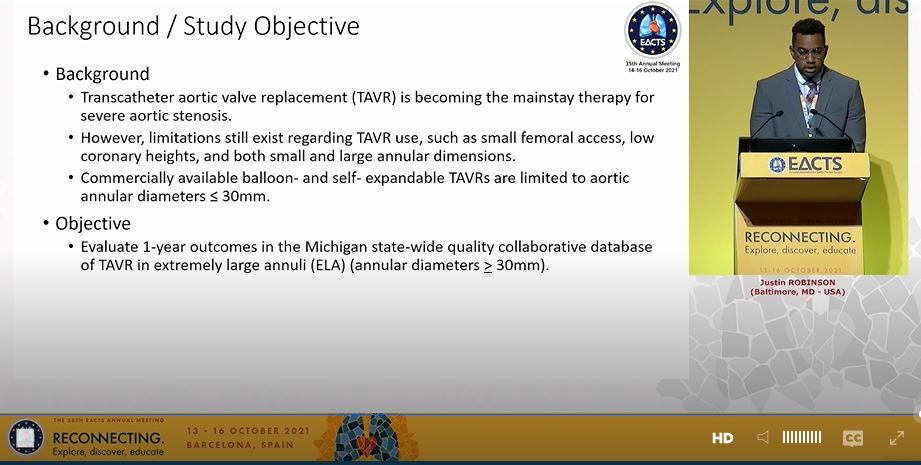
#EACTS2021
Great first day. My favourite presentation was on the Carmat Total Artificial Heart (C TAH), presented by Professor @netuka_ivan
@rafasadaba
Great first day. My favourite presentation was on the Carmat Total Artificial Heart (C TAH), presented by Professor @netuka_ivan
@rafasadaba

#EACTS2021
The C TAH is probably the world's most advanced total artificial heart & is designed for patients with severe biventricular failure (i.e. for whom an LVAD would be insufficient).
It gained a CE mark last year and has an FDA approval for early feasibility studies
The C TAH is probably the world's most advanced total artificial heart & is designed for patients with severe biventricular failure (i.e. for whom an LVAD would be insufficient).
It gained a CE mark last year and has an FDA approval for early feasibility studies
#EACTS2021
The device has an implantable prosthesis and an external power supply to which it is constantly connected
The device has an implantable prosthesis and an external power supply to which it is constantly connected

#EACTS2021
C TAH has 2 chambers, separated by a membrane into blood & fluid compartments. Electro-hydraulic pumps help produce pulsatile flow. Pressure sensors & electronics are embedded in the prosthesis. Biological valves are placed at the inlets and outlets of the ventricles
C TAH has 2 chambers, separated by a membrane into blood & fluid compartments. Electro-hydraulic pumps help produce pulsatile flow. Pressure sensors & electronics are embedded in the prosthesis. Biological valves are placed at the inlets and outlets of the ventricles
#EACTS2021
Prof Netuka shared an example of a 61yr old patient with severe BiV failure and fixed pulm HTN that could not be weaned from IABP and inotropic support
Prof Netuka shared an example of a 61yr old patient with severe BiV failure and fixed pulm HTN that could not be weaned from IABP and inotropic support

#EACTS2021
Pre-operative cross sectional imaging required to ensure adequate dimensions for the prosthesis, which currently only comes in one size

Pre-operative cross sectional imaging required to ensure adequate dimensions for the prosthesis, which currently only comes in one size


#EACTS2021
We were then introduced to Prof Netuka's team and then had a video explaining the steps of the operation
We were then introduced to Prof Netuka's team and then had a video explaining the steps of the operation

#EACTS2021
As a cardiologist rather than a surgeon I can't really walk you through this, other than to say it was fascinating to me!


As a cardiologist rather than a surgeon I can't really walk you through this, other than to say it was fascinating to me!



Well deserved round of applause at the end!
Eager to see where this technology goes. It's not new. I think Carmat started work on this in the early 1990s, initially a collaboration between Alain Carpentier & engineers from a subsidiary of Airbus. More tomorrow!
#EACTS2021
Eager to see where this technology goes. It's not new. I think Carmat started work on this in the early 1990s, initially a collaboration between Alain Carpentier & engineers from a subsidiary of Airbus. More tomorrow!
#EACTS2021

• • •
Missing some Tweet in this thread? You can try to
force a refresh
























